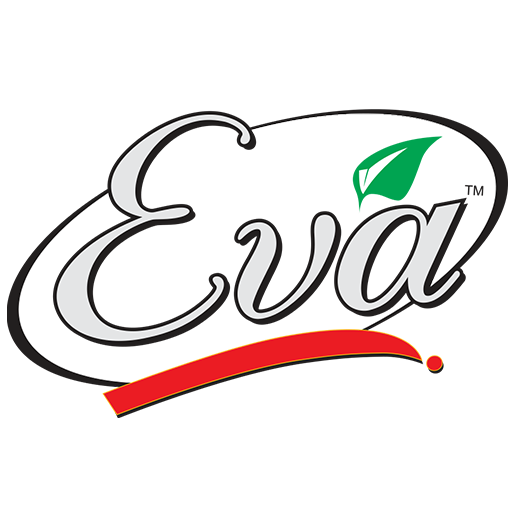
What should i look….
What should I look for on the lable:
The most important information that the label should provide is the level of saturated fats in the product. This is even more important than cholesterol, since high levels of saturated fats have been linked with heart disease. Many oils, e.g. coconut oil, palm oil and palm kernel oil are high in saturated fats, even though they have no cholesterol.
All vegetable oils are free from cholesterol. The real health risk from substandard oils is that they are high in saturated fats, which increases cholesterol level in the body. Therefore, it is important to check the nutrition label to see which type of fat is present in the oil and in what proportion. High quality oils, e.g. olive and canola, will have lower proportion of saturated fats.
The label should list the key ingredients of the oil, i.e. whether the oil is pure, made of a particular oil seed or a blend of different oils. Many oils that are perceived to be pure oils are actually a blend of other cheaper and less healthy oils. This information must be disclosed on the label.
The label should also provide complete nutritional information, i.e. how many grams of various food groups are present in one serving. Plus, the label should indicate whether the oil has been UHT (Ultra High Temperature) treated, since this also improves the quality of the oil.
The label should provide complete information regarding additives, e.g. vitamins A, D and E.
Buying Oil
Most people assume that all fats are the same and all fats are bad for health. This is not true. Read More
How much fat does…
Choose fats and oils with 2 grams or less saturated fat per tablespoon, such as corn, soybean, canola, olive and sunflower oils. Read More
What kind of pack….
The right packaging will keep your oil free from contamination, even after the pack has been opened. Read More





